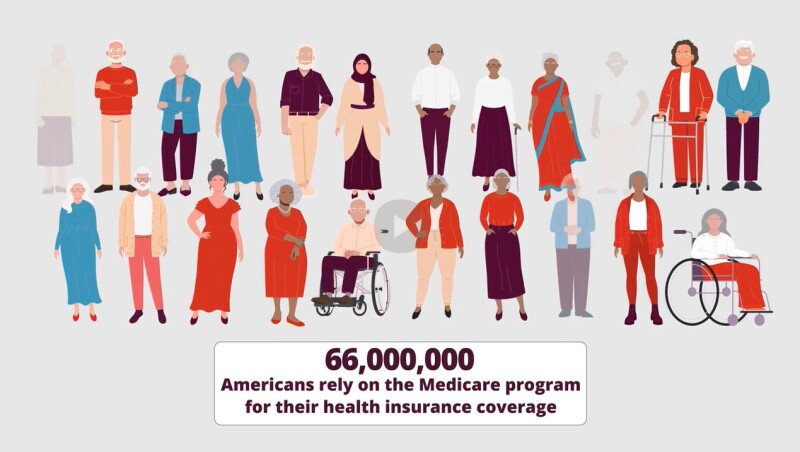AARP Hearing Center
How Does the Federal Government Pay Medicare Advantage Insurers?
By Claire Noel-Miller, Jane E. Sung , February 22, 2024 10:48 AM

Medicare is the federal health insurance program that covers over 66 million older adults and people with disabilities, and accounts for over a fifth of the nation’s health care spending. Since about half of all people with Medicare are now in private Medicare Advantage (MA) plans, better understanding the policies that govern MA is critical to ensuring a strong and sustainable Medicare program. A new digital animation from the AARP Public Policy Institute explains the ins and outs of one key aspect of MA policy: how the federal government pays MA insurers.
MA payment policies have important implications. Last year we wrote about the evidence demonstrating that the Medicare program spends more for individuals enrolled in MA than it does for similar people with traditional Medicare (sometimes called Original Medicare). We emphasized the critical importance of keeping consumers front and center as policymakers consider any changes to how Medicare pays MA plans. We also recognized a new report by the influential Medicare Payment Advisory Commission (MedPAC) indicating that Medicare payments to private insurers were even higher than previously estimated.
The new animation breaks down the answers to such questions as: How does the federal government determine how much to pay MA insurers for the health care they provide? What variables factor into how MA plans are paid? In light of projections that enrollment in Medicare’s private plan option will continue to grow rapidly, this resource allows viewers to better understand and engage in efforts to strengthen the Medicare program for the millions of people who rely on it.

































































